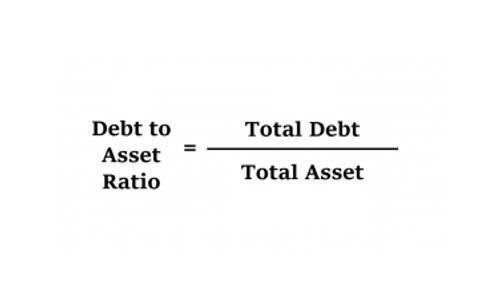
In a progressive tax system, marginal tax rates are higher for those with higher incomes. This means that high-income earners pay a higher tax rate on each additional dollar they earn, which helps to reduce income inequality. One of the key differences between progressive taxes and regressive taxes is that progressive taxes are more beneficial to lower-income individuals. While progressive tax rates rise as income levels rise, regressive taxes place a heavier financial burden on low-wage earners. Progressive taxation is achieved by taxing earned income at progressively higher rates as it increases — thus the name, progressive tax. The federal marginal income tax brackets tax each dollar of income at a certain rate that rises as the taxpayer’s income rises.
- If the tax system weren’t progressive, each income group would bear a more similar share of the total tax burden equal to its share of the nation’s income.
- It’s wise to familiarize yourself with the different types of progressive and regressive taxes so you can understand the U.S. tax system.
- Respondents were asked, on a scale of 0-10, how supportive they were of governments taxing the rich and subsidizing the poor, which is a simple way of characterizing a progressive tax and transfer system.
- That’s because when your income enters a higher tax bracket, only the income that falls into that higher bracket is taxed at the higher rate.
- Progressive taxation has evolved over time, with significant milestones, including the introduction of marginal tax rates and the development of the welfare state.
- Addington had taken over as prime minister in 1801, after Pitt’s resignation over Catholic emancipation.
Summary of the Tax Credits Claimed on the Form 1040, Tax Year 2020

Even upper-middle class, consisting of households in the fourth quintile, bore a lower tax burden than their share of national income. Unlike a progressive tax, a flat tax or regressive tax could decrease the ability of low-income taxpayers to afford a decent standard of living. Friedrich Hayek views the implementation of progressive tax systems incompatible with the principles of an open and liberal society.
New Jersey Income Tax Deductions

Both of these systems may be considered «fair» in the sense that they are consistent and apply a rational approach to taxation. They differ, however, in their treatment of wealth, and each system may be called «unfair» according to who benefits or is treated differently. The additional Medicare tax levies an additional 0.9% Medicare what is the defining feature of a progressive tax? hospital tax on income and self-employment profits above these thresholds. It’s levied on the total value of assets passed to living beneficiaries at a top rate of 40% on amounts greater than $11.7 million as of 2021 (up from $11.58 million in 2020). Most of the time, the remainder of income after consumption is what is invested.

Estate Taxes
Allowable medical expenses include fees for doctor visits, prescription medicines, medical insurance premiums and the like. The Brookings Institution is a nonprofit organization based in Washington, D.C. Our mission is to conduct in-depth, nonpartisan research to improve policy and governance at local, national, and global levels. The Trump tax plan virtually doubled the exemption level for this tax in 2018, making it less progressive. Other examples of proportional taxes include per capita taxes, gross receipts taxes, and occupational taxes.
Others argue that the tax code benefits wealthy individuals who can avoid income tax through tax breaks. Progressive taxes, particularly direct income taxes, are a key channel for governments to reduce inequality in the short run. This has been highlighted by the latest World Bank Poverty and Shared Prosperity Report, which includes a detailed discussion on how taxes, transfers, and subsidies impact inequality across countries. Only a few governments in low and middle-income countries currently utilize progressive taxation (and transfers) to dramatically reduce income inequality. A re-orientation towards direct income taxes and away from indirect taxes will greatly assist governments in creating a more equitable society.
- People who make less than $9,950 pay 10% in taxes, while people who make more pay a higher rate of tax (up to 37%).
- The higher rates can also influence decisions on ways to minimize tax liability by maximizing available deductions and credits or avoiding taxes in other ways.
- The purpose of any tax system is to raise revenues to fund government programs.
- For example, say Myra and Darnell are both registering their cars, and the state adds a flat fee of $100 to every car registration.
- You wouldn’t have to pay this tax on $1,000 of your income if you earned $169,600.
- This is illustrated in the most recent World Values Survey, which covers a representative sample of populations in over 40 low and middle-income countries.
Regressive Taxes
The government also uses other progressive measures to try and reduce income inequality as much as possible. Some of the progressive measures the government can put in place include imposing a property tax or even taxing luxury commodities heavily while exempting essential products from taxation. When taxable income falls within a particular tax bracket, the individual pays the listed percentage of tax on each dollar that falls within that monetary range. In the early days of the Roman Republic, public taxes consisted of assessments on owned wealth and property. For Roman citizens, the tax rate under normal circumstances was 1% of property value, and could sometimes climb as high as 3% in situations such as war.
Income Tax Rates in the UK
